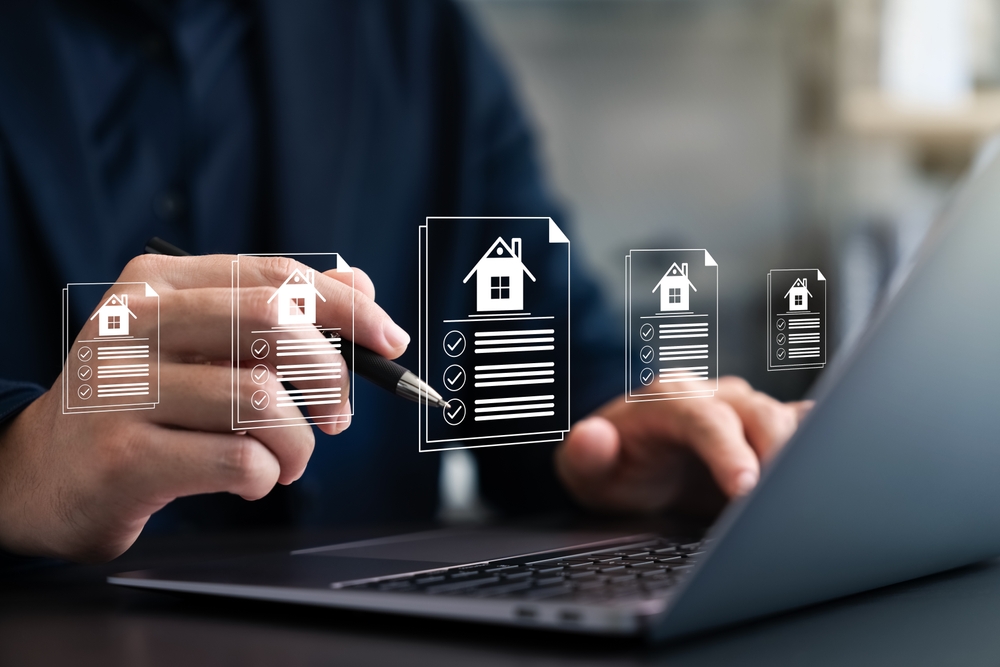
If you’ve ever wished you could go back in time and buy property before the neighborhood got hot, you already understand the appeal of digital real estate. The difference?
Instead of owning land or buildings, you’re buying and controlling online property — websites, domain names, online stores, membership platforms, apps, or even established social media accounts.
Just like physical real estate, these assets can appreciate in value, generate income, and be sold for a profit. And because the internet has no borders, your potential market is far bigger than a single city or state.
Why Digital Real Estate Is Booming in the U.S.
The U.S. digital economy is growing at a pace traditional property markets can’t match. According to the U.S. Department of Commerce, digital goods and services now account for over 10% of total GDP — and that number is climbing.
Some key drivers fueling this growth:
- E-commerce expansion: Online retail sales in the U.S. exceeded $1 trillion in 2023 for the first time, and small niche e-commerce stores are popping up daily.
- Shift to remote work: More businesses are going fully online, increasing demand for digital tools, service websites, and professional platforms.
- Domain scarcity: Premium and keyword-rich domain names are getting harder to find — much like prime physical land.
- Content consumption surge: Americans are spending more than 7 hours per day online, creating enormous demand for blogs, news sites, and niche content platforms.
The “Location, Location, Location” of the Internet
In traditional real estate, you look for a prime location. In digital real estate, your niche and online visibility are your location.
- A website ranking on the first page of Google for a popular search is like owning a shop in Times Square.
- A social media account with an engaged audience is like owning a building in a busy shopping district.
- A premium domain name is like holding a deed to valuable beachfront property.
Ways to Get Involved
There are three main strategies to enter the digital real estate market:
1. Buy and Hold
Purchase a digital asset and keep it long-term for ongoing revenue.
Example: A Virginia investor bought a small membership site for $12,000 that earns $500/month in recurring subscriptions. That’s a 50% annual return before even improving the site.
2. Build from Scratch
Start your own website or online store and grow it over time. This takes more work but allows for full control.
Example: A California couple launched a local hiking trail guide website, monetized it with ads and affiliate links, and now make over $3,000/month.
3. Flip for Profit
Buy an underperforming asset, improve it, and sell it for a higher price — much like house flipping.
Example: A Texas entrepreneur purchased a Shopify store for $2,500, optimized its SEO, added trending products, and sold it for $15,000 just six months later.
Advantages Over Physical Real Estate
- Low startup cost: You can get started for under $1,000, unlike traditional property that often requires tens of thousands just for a down payment.
- No geographic limits: You can own digital property in any niche, in any market, without needing to live there.
- High scalability: You can operate multiple properties at once without physically maintaining them.
- 24/7 revenue potential: A website or e-commerce store can make sales while you sleep.
Risks to Keep in Mind
Like any investment, digital real estate carries risks:
- Search engine algorithm changes can affect traffic.
- Some niches become less profitable over time.
- Technical or security issues can hurt revenue.
The key is diversification — owning multiple digital properties in different niches to spread risk.
How to Start Your First Digital Real Estate Deal
- Choose a niche with steady demand and room for growth.
- Learn valuation basics so you know what’s worth buying.
- Start small to minimize risk while you gain experience.
- Invest time in learning digital marketing, SEO, and monetization strategies.
Example Starter Path:
- Buy a $1,500 content site in a hobby niche you understand.
- Add new articles weekly for 3–6 months.
- Optimize ads and affiliate links.
- Grow revenue from $50/month to $500/month.
- Decide whether to keep it for passive income or sell it for a profit.
Where to Find Verified Digital Properties
If you want a head start, check out the Digital Listing Service (DLS) — a U.S.-based marketplace for buying, selling, and leasing websites, domain names, online stores, and other digital assets. Every listing is verified, and you can connect directly with asset owners.
👉 Explore current listings here: https://digitallistingservice.com
Final Thoughts
The digital economy is only getting bigger. Owning digital property now is like buying land before a city boom. The earlier you start, the better positioned you’ll be to take advantage of appreciation and income growth.
Call-to-Action:
Ready to take your first step? Download the free Digital Real Estate Starter Kit and learn how to research, value, and acquire your first profitable online property.
Internal Linking Suggestions:
- Link to “7 Types of Digital Properties You Can Own and Profit From” using “different types of digital properties” as anchor text.
- Link to “Where to Buy Digital Real Estate in the U.S.” using “buying digital property” as anchor text.